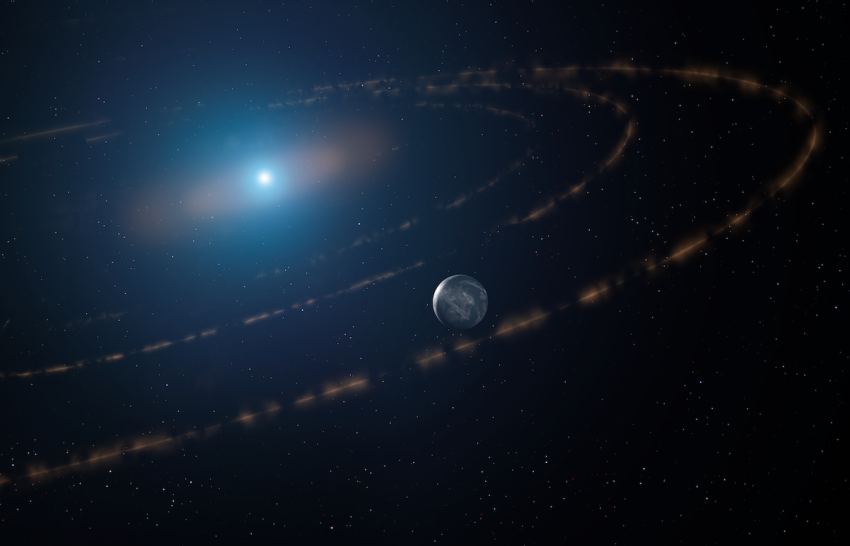
NASA and HeroX have launched Phase II of their Watts on the Moon Challenge, which will reward a total of $4.5 million for idea on how to distribute and store power for future lunar missions.
Continue reading

A recent study looked at stellar streams hidden in Gaia's data, to uncover a torturous past.
Continue reading

After reanalyzing data from the LRO mission, a team of scientists has determined that water ice observed in a lunar crater was deposited by a comet less than one billion years ago.
Continue reading

NASA and HeroX have launched the Mars Spectrometry Challenge, which will reward a total of $30,000 for new ideas on how to find evidence of past life on Mars
Continue reading

New research from McGill University shows that a powerful laser array could propel a fusion-engine spacecraft to Mars in a matter of weeks!
Continue reading

Some planets end by colliding with the remnant of their once shining star.
Continue reading

Astronomers have confirmed the presence of a THIRD exoplanet in the neighboring Proxima Centauri system!
Continue reading

The United Arab Emirates Space Agency releases a unique comprehensive atlas of the Red Planet.
Continue reading

The ESA is investigating hibernation technology that could allow astronauts to remain healthy during long-duration missions to Mars and beyond
Continue reading

New research reveals why Uranus and Neptune are different shades of blue.
Continue reading


















































